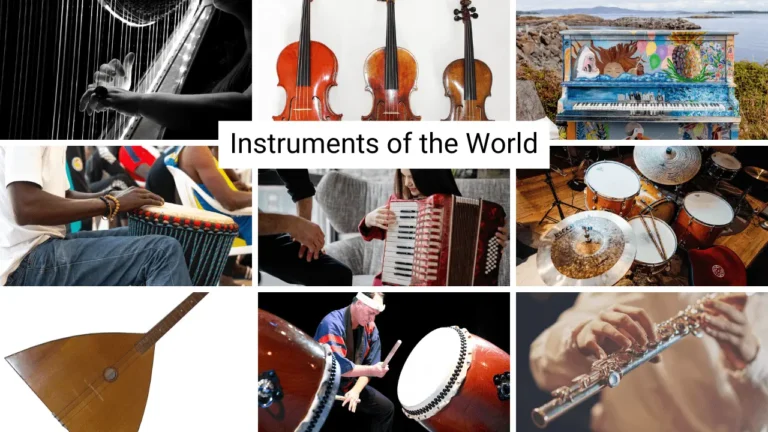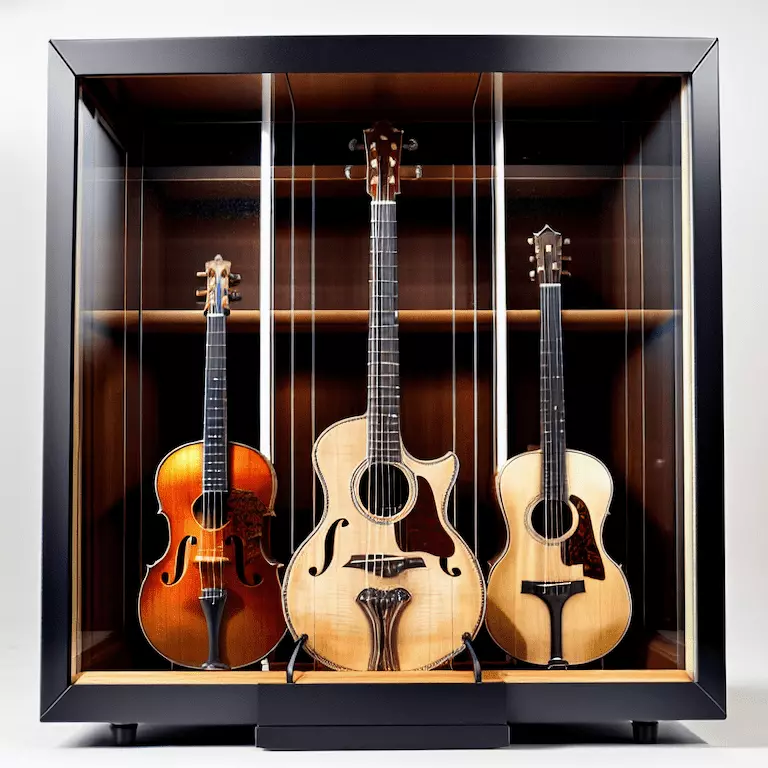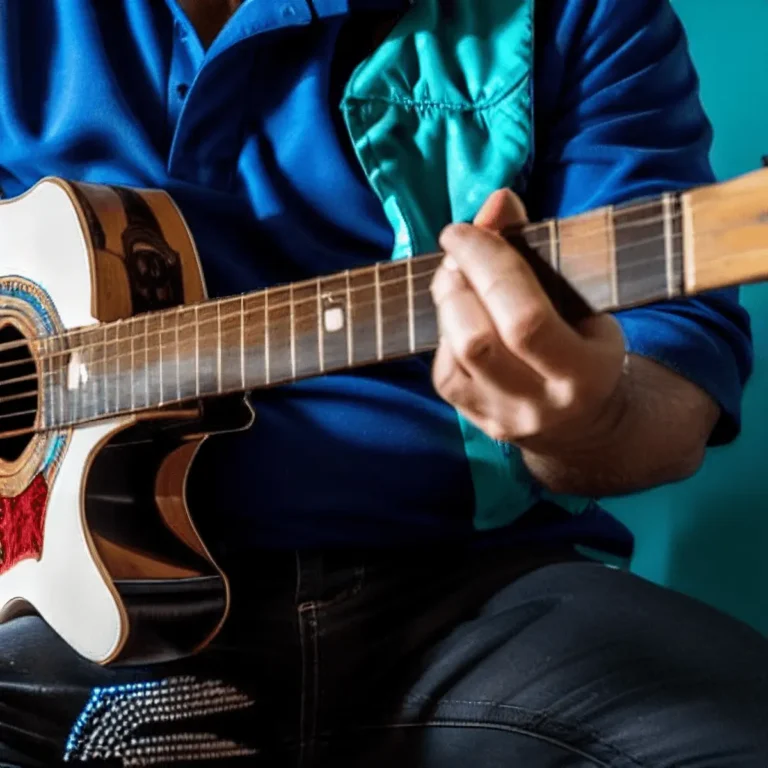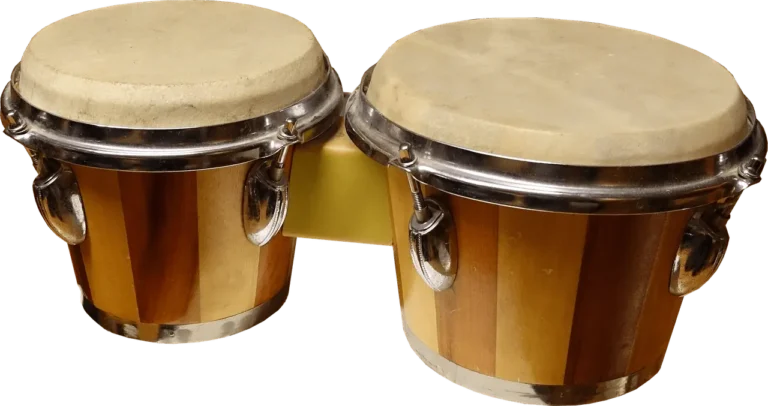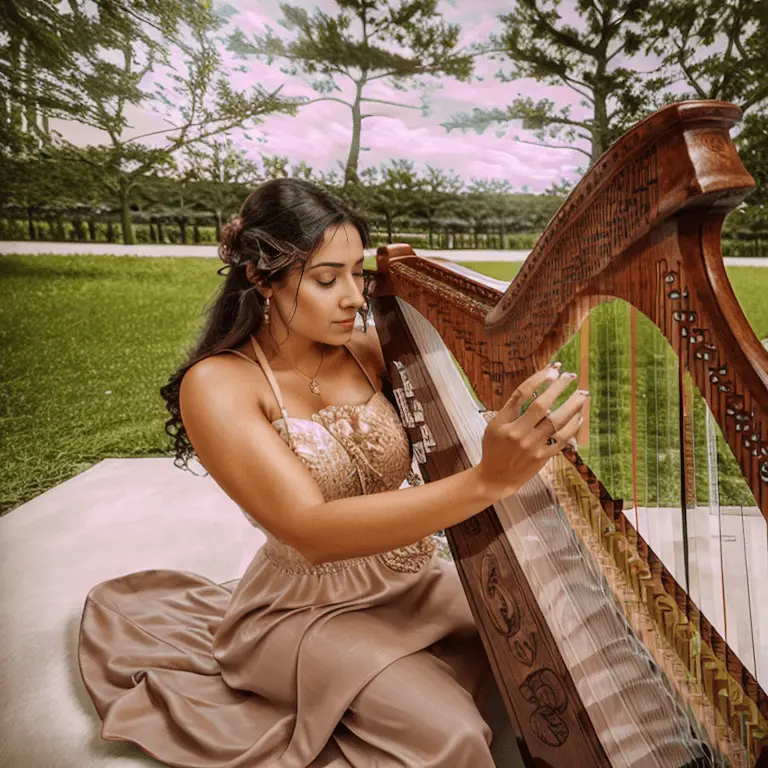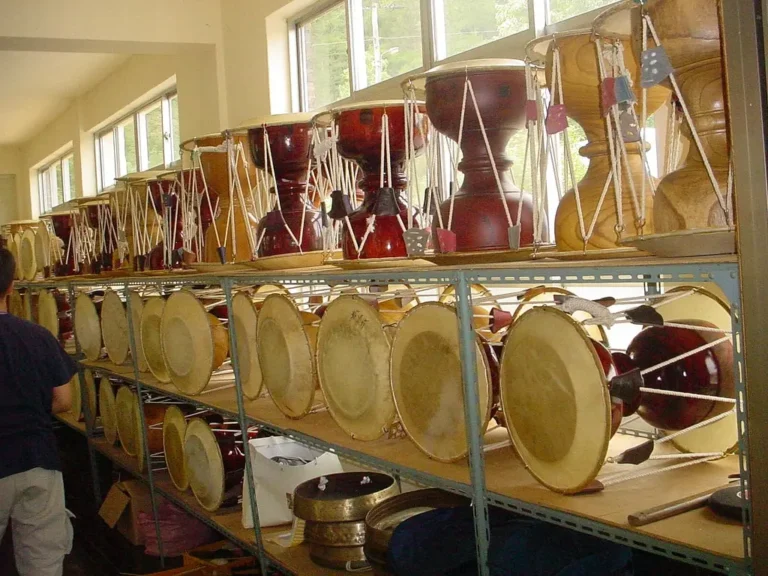musicals instruments starting with the letter k
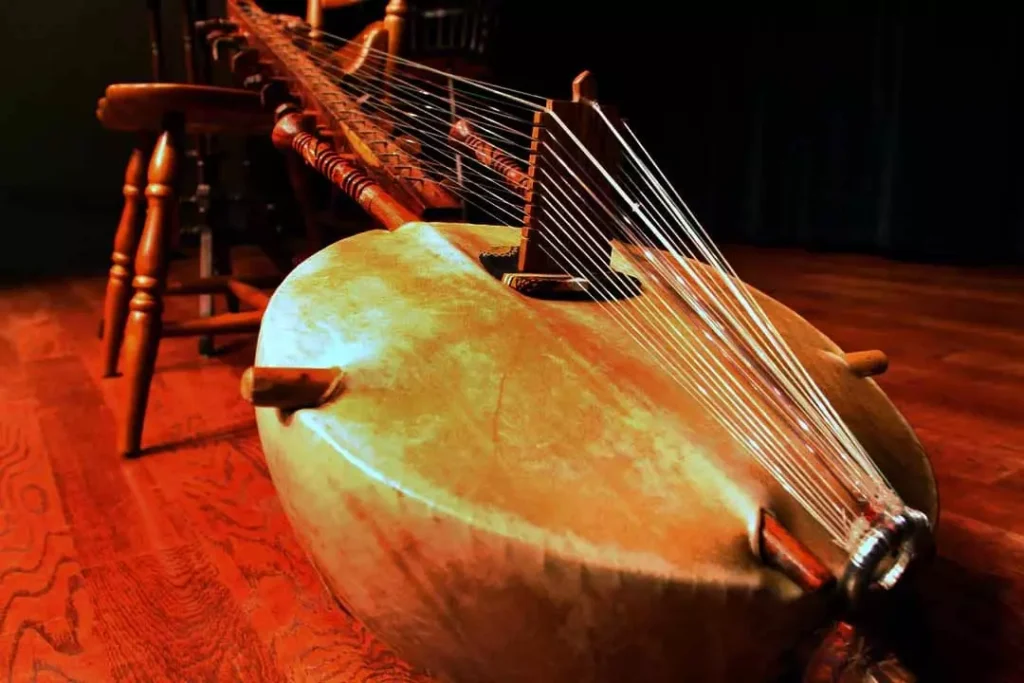
In this article, you will get to know all the musical instruments that start with the letter K. From the traditional koto of Japan to the modern kazoo of the United States, let us delve into the history and cultural significance of these instruments.
Kabosy
The Kabosy hails from Madagascar. As a member of the chordophones family of instruments, it generates sound through the vibrations of strings. It is also utilized in the traditional music of Madagascar.
Kadlong
Like the Kabosy, the Kadlong is another chordophone originating from the Philippines. This stringed instrument is also featured in the folk music of the Philippines.
Kagurabue
The Kagurabue, an aerophone from Japan, generates sound through the vibrations of air. It falls under the woodwind category of musical instruments and is classified as a flute. The Kagurabue is used in ethnic Japanese music.
Kakko
The Kakko, is from Japan and generates sound through the vibrations of a stretched membrane. As a percussion instrument, the Kakko is classified as a drum.
Kalaleng
The Kalaleng, from the Philippines, is a nose flute. It belongs to the woodwind category of musical instruments. It is often used in the cultural music of the Philippines.
Kamancha
Kamancha is a chordophone from Persia. Kamancha is a stringed instrument and it is used in the native music of Persia.
Kanjira
Kanjira is a membranophone from India. Membranophones are a class of musical instruments that produce sound by the vibration of a stretched membrane. Kanjira is a percussion instrument and it is a frame drum.
Kantele
Kantele is a chordophone from Finland. Like the Kamancha, it is a stringed instrument and it is also used in the age-old music of Finland.
Kaval
Kaval is an aerophone from Bashkortostan and Turkey. Aerophones are a class of musical instruments that produce sound by the vibration of air. Kaval is a woodwind instrument, an end-blown flute.
Kayamb
Kayamb is an idiophone from Africa. Idiophones are a class of musical instruments that produce sound by the vibration of the instrument itself.
Kazoo
Kazoo is an aerophone from the US. Like the Kaval, it is a woodwind instrument but it is a whistle.
Kebero
Kebero is a membranophone from Ethiopia. Like the Kanjira, it is a percussion instrument.
Kemanak
Kemanak is an idiophone from Indonesia. Like the Kayamb, it is an unpitched percussion instrument.
Kemenche
Kemenche is a chordophone from Turkey. Like the Kamancha, it is a stringed instrument and it is also used in the native music of Turkey.
Kèn bầu
Kèn bầu is an aerophone from Vietnam. It belongs to the reed instruments category of woodwinds.
Kendang (Gendang)
Kendang (also known as Gendang) is a membranophone from Brunei, Malaysia, and the Philippines. Kendang is a percussion instrument and it is a drum.
Keyed bugle
Keyed bugle is an aerophone from England. Keyed bugle is a brass instrument, a trumpet.
Khartal
Khartal is an idiophone from Mauritius and Réunion. It is made of wood and sometimes metal and is very similar to the claves.
Khene
Khene is an aerophone from Laos. It falls under the free reed instruments category, a harmonica.
Khim
Khim is a chordophone from Thailand and Cambodia. Khim is a stringed instrument and it is used in the classic music of Thailand and Cambodia.
Khloy
Khloy is an aerophone from Cambodia. It falls under the fipple flutes category, a recorder.
Khlui
Khlui is an aerophone from Thailand. Like the Khloy, it is a fipple flute and a recorder.
Khol (Mrdanga)
Khol (also known as Mrdanga) is a membranophone from India. Like the Kendang, it is a percussion instrument and it is a drum.
Kobza
Kobza is a chordophone from Ukraine. Like the Khim, it is a stringed instrument and it is also used in the folk music of Ukraine.
Kokle
Kokle is a chordophone from Latvia. Like the Khim and the Kobza, it is a stringed instrument and it is also used in the cultural music of Latvia.
Kokyū
Kokyū is a chordophone from Japan. Kokyū is a stringed instrument used in the timeless music of Japan.
Komabue
Komabue is an aerophone from Japan. Komabue is a woodwind instrument, a flute.
Kombu
Kombu is an aerophone from India. It falls under the woodwind category of musical instruments.
Komuz
Komuz is a chordophone from Azerbaijan, Dagestan, Hungary, Khakassia, Kyrgyzstan, Turkmenistan, and Uzbekistan.
Like the Kokyū, it is a stringed instrument used in the native music of Azerbaijan, Dagestan, Hungary, Khakassia, Kyrgyzstan, Turkmenistan, and Uzbekistan.
Koncovka
Koncovka is an aerophone from Slovakia. It falls under the fipple flutes category, a recorder.
Kora
Kora is a chordophone from West Africa. Like the Kokyū, it is a stringed instrument and it is also used in the folk music of West Africa.
Kortholt
Kortholt is an aerophone from Europe. It falls under the capped reed category, a crumhorn.
Koto
Koto is a chordophone from Japan. Like the Kokyū, it is a stringed instrument and it is also used in the conventional music of Japan.
Koudi
Koudi is an aerophone from China. It falls under the woodwind category of musical instruments and a flute.
Kouxian
Kouxian is an idiophone from China. It is very small in size compared to other Chinese instruments.
Krakebs
Krakebs is a membranophone from Algeria, Berbers, Morocco, Saudi Arabia, and Tunisia. Krakebs is a percussion instrument.
Kubing
Kubing is a chordophone from the Philippines. Kubing is a stringed instrument and it is used in the ethnic music of the Philippines.
Kudyapi
Kudyapi is a chordophone from the Philippines. Like the Kubing, it is a stringed instrument and it is also used in the conventional music of the Philippines.
Kuhlohorn
Kuhlohorn is an aerophone from Germany. Kuhlohorn is a brass instrument, a trumpet.
Kulintang
Kulintang is an idiophone from Brunei, Indonesia, Malaysia, and the Philippines. Kulintang is a xylophone.
Kuzhal
Kuzhal is an aerophone from India. It falls under the reed instruments category.
Kwitra
Kwitra is a chordophone from Algeria and Saudi Arabia. Like the Kubing and the Kudyapi, it is a stringed instrument and it is also used in the traditional music of Algeria and Saudi Arabia.
Conclusion
In conclusion, the world of musical instruments is vast and varied, and the instruments starting with the letter K are no exception.
I hope that this article has provided a glimpse into the fascinating world of K-instruments and has sparked an interest in learning more about the history and culture behind these musical instruments.
Reference – https://www.flickr.com/photos/babasteve/178092356/
From the bustling city of Mumbai, I am a professional Composer, Producer, and Educator with a wealth of expertise in the industry. With over 15 years of experience and a diverse portfolio including composing for movies, television, web series, songwriting, music production, and creating meditation music. I also love to teach music and musicality to students worldwide. When I’m not in the studio, you can find me doing music consultancy for independent projects and exploring the intersection of Space & Spirituality.

